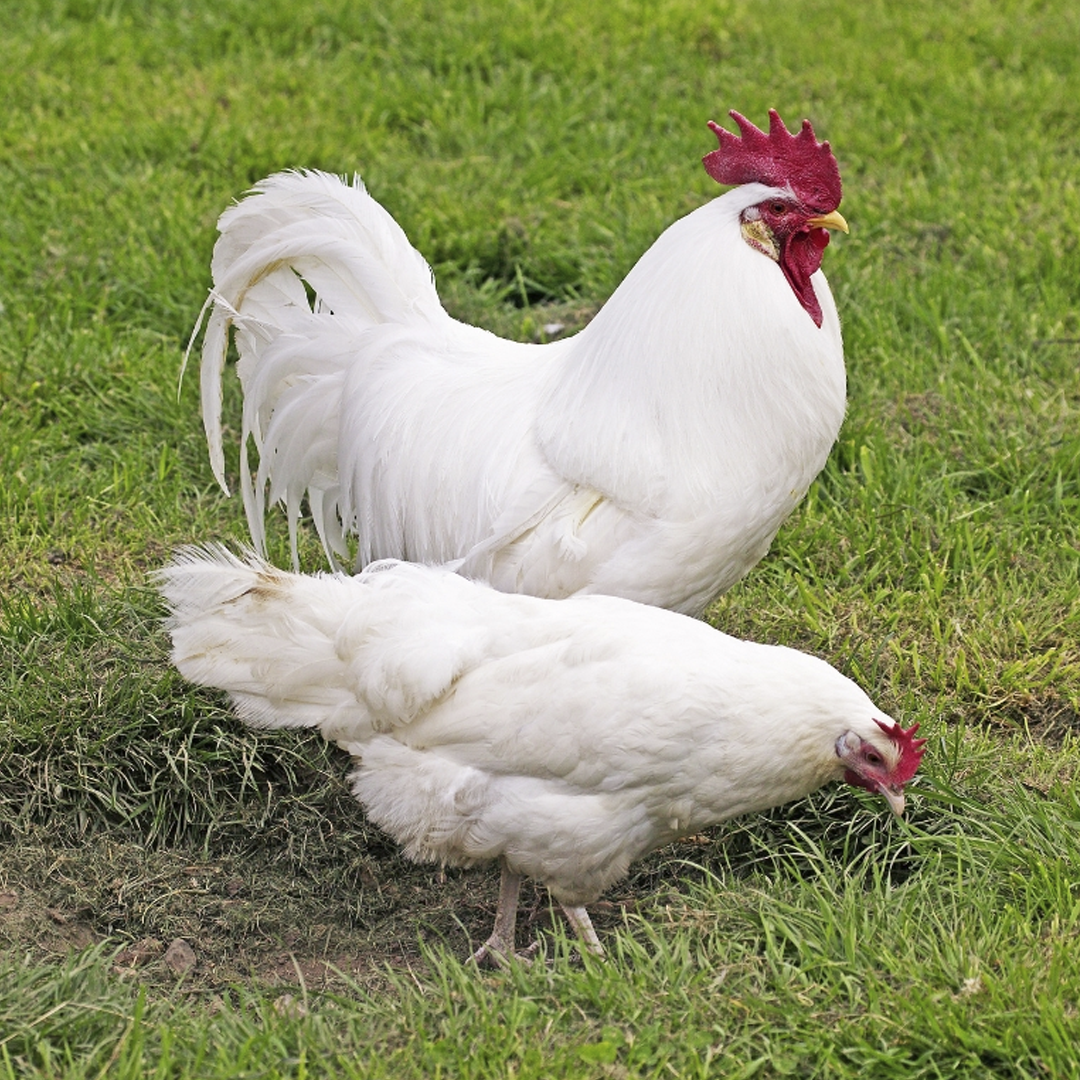
May 20, 2022
Behavioral response to novel objects in pullets housed in pulsed alternating wavelength system (PAWS) environments, 4/2020 – 5/2022
Colorado State University and XTi
Conclusion: Bovan laying hens under XTi’s pulsed alternating wavelength system (PAWS) showed reduced apprehension to novel objects than hens under control lighting. Pecking of this novel object occurred at a higher rate than birds under traditional lighting. This may be an early indication of reduced stress and improved animal welfare under XTi lighting.
Study Objectives:
- To determine the impact of XTi PAWS lighting environments on the behavioral reaction of young pullets to a novel object. Additionally, researchers wanted to evaluate the impact of the color of the novel object on the behavioral response of the pullets in a PAWS environment.
Background:
- Previous studies on layer hens showed improved bird behavior with subjective evidence of decreased stress, decreased aggressive tendencies, and improved ease of handling by workers.
- No objective data on bird stress and handling had been collected in earlier trials.
Methods:
- The study was conducted at XTi’s research facility in northern Colorado.
- 299 10-week-old Bovan pullets were used for the study. Pullets had previously been divided into 17 boxes at 2 days of age. Each box had either an XTi light or a control light.
- Black and white wiffle balls were placed in each tent slightly below eye level of the birds.
- Hero 4 GoPro cameras were mounted on the ceiling of each tent and recorded the birds for 30” after initial exposure to the wiffle balls. All 17 tents were recorded.
- Data was observed and evaluated by 2 researchers, and behavior and pecking of the novel objects were recorded.
- Data was analyzed using R at Colorado State University.
Results:
- Across all groups, birds interacted with the black wiffle balls more than the white wiffle balls.
- In general, pecking of the novel object occurred at a higher incidence by birds under XTi lighting vs birds under control lighting.
- There was no effect of lighting on latency to peck either of the colored wiffle balls.
Discussion:
- Novel object tests generally assume that a fearful animal would be less likely to engage with a novel object in their environment. Thus, novel object testing can help assess the amount of fear a bird may perceive in its surroundings.
- Understanding behavioral changes can help optimize environmental conditions that promote a positive welfare state for the animal.
- XTi PAWS lighting had a positive impact on the bird’s willingness to interact with novel objects within their surroundings.
- Further research is needed to further quantify the benefits of XTi lighting on animal welfare.